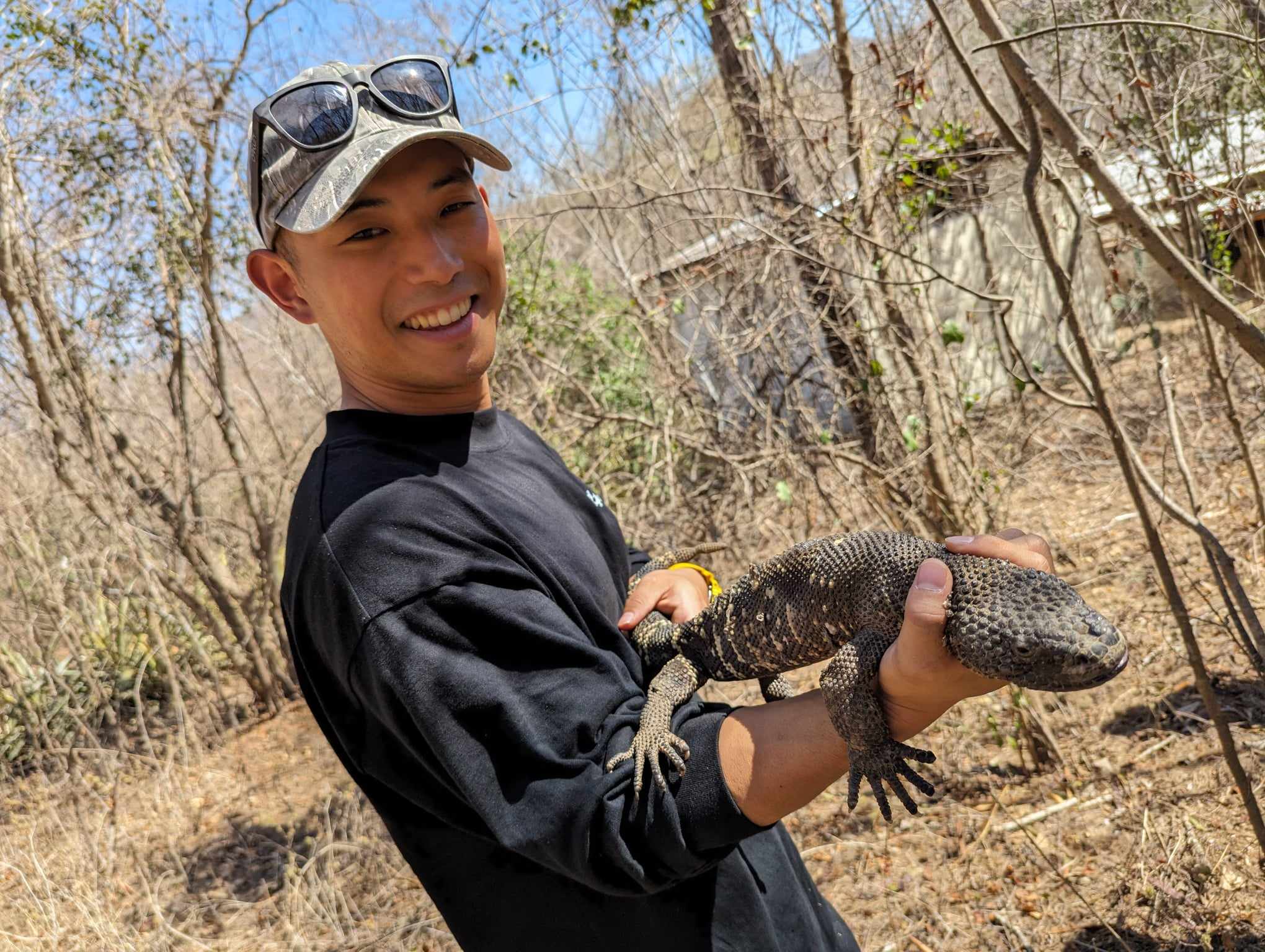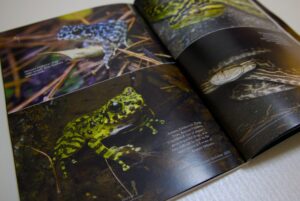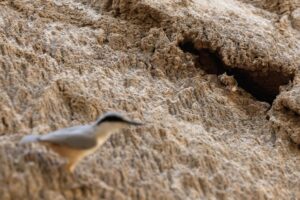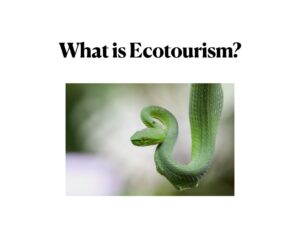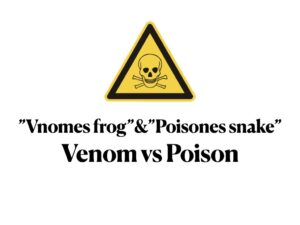Prevention and First Aid Essentials
Discover Vital Tips for Snake Bite Prevention and Immediate First Aid

Introduction
Snake bites are not only potentially life-threatening but require swift action for a successful outcome. This guide delves into crucial recommendations for preventing snake bites and administering effective first aid in critical situations.
Prevention Strategies
- Respectful Interaction:
- Approach all snakes with caution and refrain from unnecessary handling.
- Exercise caution with small snakes, particularly those brought indoors by pets.
- Cautious Approaches:
- Avoid disturbing seemingly lifeless snakes, as some play dead before striking.
- Wear protective denim trousers and boots when spending extended periods outdoors.
- Environmental Awareness:
- Step onto logs and rocks rather than over them to minimize surprise encounters.
- Be vigilant in mountain climbing, where Berg Adders may occupy small ledges.
- Nighttime Safety Measures:
- Refrain from walking barefoot or without a torch at night, especially in snake-active areas.
- Exercise caution around slow-moving snakes like the Puff Adder during nighttime activities.
- Non-Provocative Behavior:
- Do not attempt to kill a snake encountered in the wild, avoiding unnecessary risks.
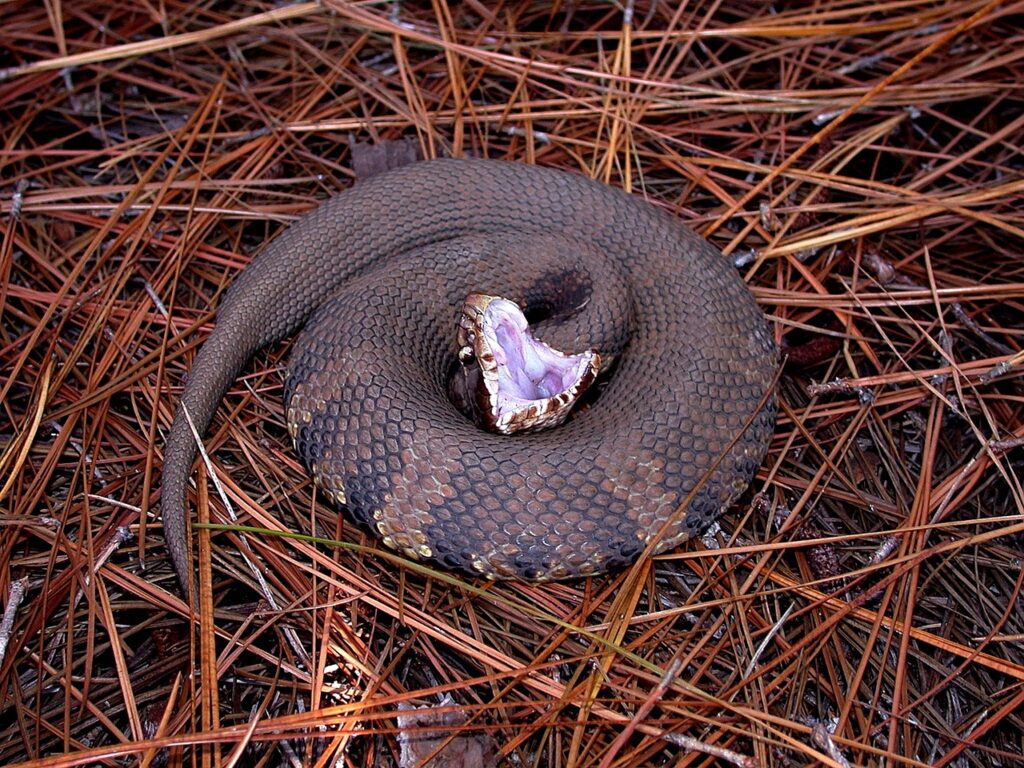
Identifying Snake-Bite Symptoms
Recognizing symptoms is crucial, considering they may not be immediately apparent.
- Immediate Symptoms:
- Burning pain, swelling (common with adders and spitting cobras).
- Dizziness, difficulty swallowing, and breathing issues (common with cobras and mambas).
- Delayed Symptoms:
- Severe headaches, bleeding, and internal issues may indicate specific snake bites.
Antivenom and First Aid Techniques:
- Antivenom Essentials:
- The South African Institute for Medical Research produces antivenoms effective against various snake venoms.
- Cautiously administer antivenom under professional guidance.
- First-Aid Procedures:
- Avoid outdated methods like cutting and sucking; use pressure or ‘crepe’ bandages.
- Immobilize the victim, splint the limb if needed, and transport promptly to the nearest hospital.
- Keep the victim calm, refrain from alcohol, and ensure clear airways.
Conclusion
In snake-prone regions, understanding prevention and first aid is paramount for personal safety. By adhering to these guidelines, you can minimize the risks associated with snake encounters and ensure a rapid and effective response to snake bites. Always seek immediate medical attention for the best possible outcome.

